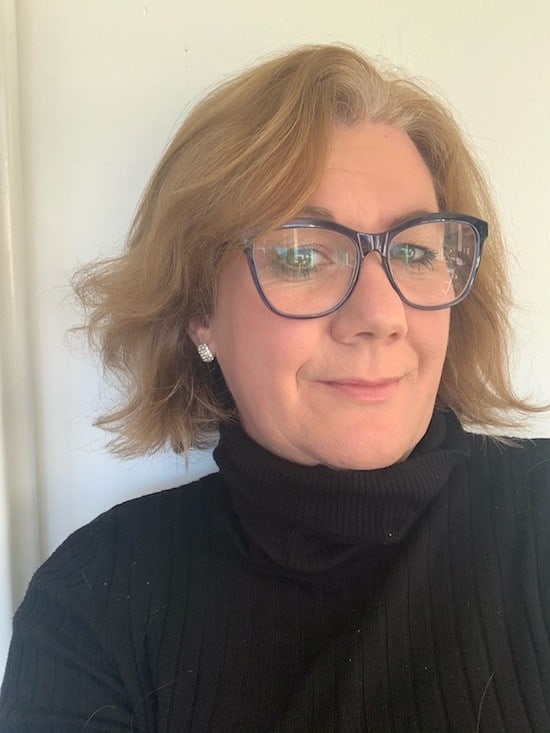
Providing services for non-COVID patients is a challenge for many healthcare organisations in Europe, including the UK, and these organisations need to find new ways of managing these services as the pandemic consumes the lion’s share of resources.
There is a role for pharma to play in helping customers bridge the gap, but to achieve this pharma needs to understand the bigger picture regarding the difficulties customers face and how these difficulties relate to individual therapy areas.
Data is key to understanding the pressure that individual healthcare organisations are under, both clinically and financially: how patient pathways are performing and how coronavirus is impacting on them.
Ask the right questions
By identifying pressure points, such as emergency admission rates or elective care waiting lists, and then drilling down into them further to understand the impact on specific patient cohorts, pharma can begin to ask the right questions.
For example, would a joint working initiative around patient diagnosis and pathway planning work for a particular organisation? Does it have a financial deficit that could be supported through pricing or rebates?
Could pharma support key stakeholders within an organisation to secure funds to increase diagnostic and educational programmes and help them raise awareness of challenges within a disease or therapy area across the wider healthcare map?
Digital innovation
Also, how could digital innovation help? Could remote monitoring devices be used to manage a particular cohort of patients more effectively and reduce interventions by healthcare professionals (HCPs)? Can Artificial Intelligence (AI) and predictive analytics be harnessed to improve diagnosis?
There are many potentially life-changing digital innovations on the market. For example, diabetes monitors that are applied to the skin and send patient health metrics remotely to a mobile app. By working in partnership with manufacturers, pharma can help to bring these devices to patients.
Choose the right channels
During the pandemic, many HCPs have relied on web-based education and news programmes to keep them informed of developments in therapeutic innovation and this is likely to continue. But there are other communication opportunities and pharma has a wealth of useful information to share.
However, it is important for pharma to understand what HCPs want. What kind of information do they need and how do they prefer to receive it? For example, what type of educational resources would be particularly useful? What kind of channels do they prefer to use when accessing online resources and symposia? Would they benefit from a one-to-one dialogue or would they prefer to join small groups of like-minded HCPs online?
A cohesive picture
The pandemic has placed unprecedented pressure on healthcare organisations and pharma must be fleet of foot if it is to anticipate and respond to their changing needs and work in partnership with them during these challenging times.
Efficient data capture and analytics are key to ensuring this level of preparedness and being able to make swift decisions. By harnessing the power of data to create a cohesive, joined-up picture that can be shared by cross-functional teams, pharma will be well placed to support its customers and offer solutions that will really make a difference.
For information on Wilmington Healthcare and its cloud-based strategic healthcare insight and strategic account management offerings, visit wilmingtonhealthcare.com/interactive-medica
Download our new white paper: “Strategic thinking: how can data help to navigate the way ahead in 2021?”
Lisa Alderson is Business Development Director at Wilmington Healthcare





